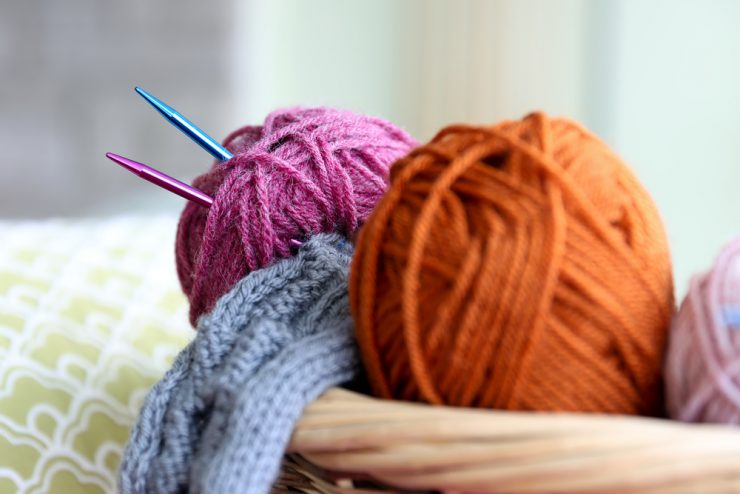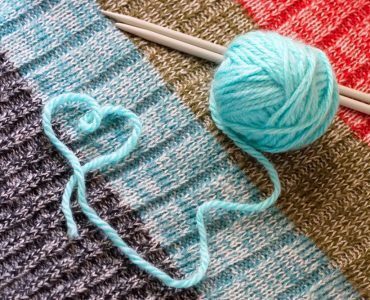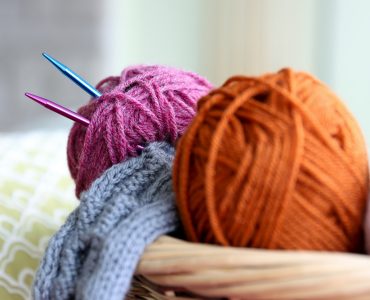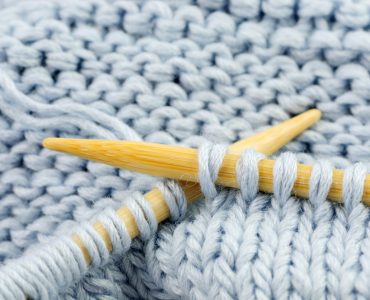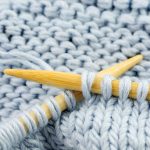Knitting involves a variety of loops called stitches, which represent different styles and structures. These styles and structures are the main component of knitting to produce different types of designs in the fabric. In addition to courses and wales, weft and warp knitting, and knit purl stitches, comes another style, the right- and left-plaited structure.
The left- and right-plaited stitches are a combination of both knit and purl stitches. The stitches can be twisted regularly once but it can also be twice, but seldom thrice. The directions of the stitch could be clockwise, right yarn overlapping the left or counterclockwise, left yarn overlapping the right. Right-plaited stitches can be done through knitting or purling through the back loops, like passing the needle through the first stitch in an uncommon way, but wrapping the yarn using a normal way of knitting.
In contrast to the right-plaited stitch, the left-plaited stitch is commonly formed by wrapping the yarn in the opposite way, instead of changing the needle. Right- and left-plaited stitches function equally, though they appear the same in form. They both provide an appealing visual texture and are capable of drawing the yarn to its utmost to make it firm and solid. Fabrics made with plaited stitches are more taut than normal.
For another knitting method, an additional number of twists can also be added to the new stitches, and there is no constraint whether they are done through knit or purl stitches. Plaited stitches are also a commonly used method for knitting jewellery from a well defined metal wire.


